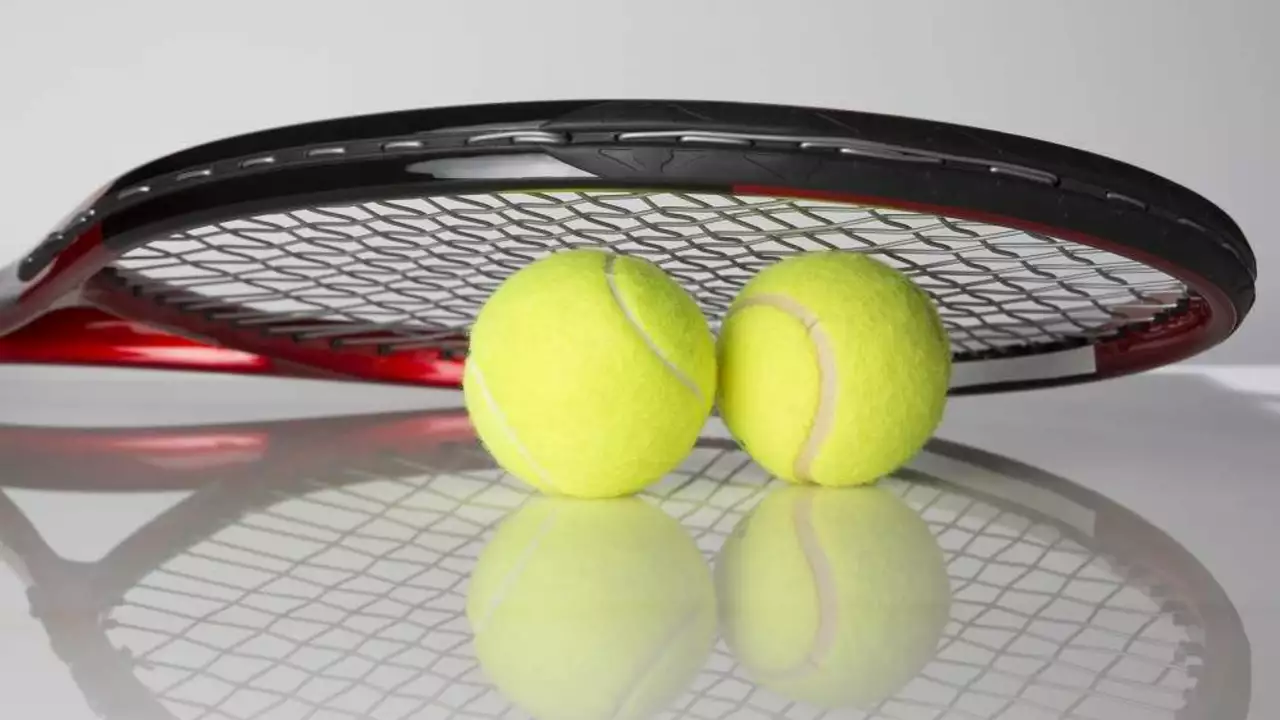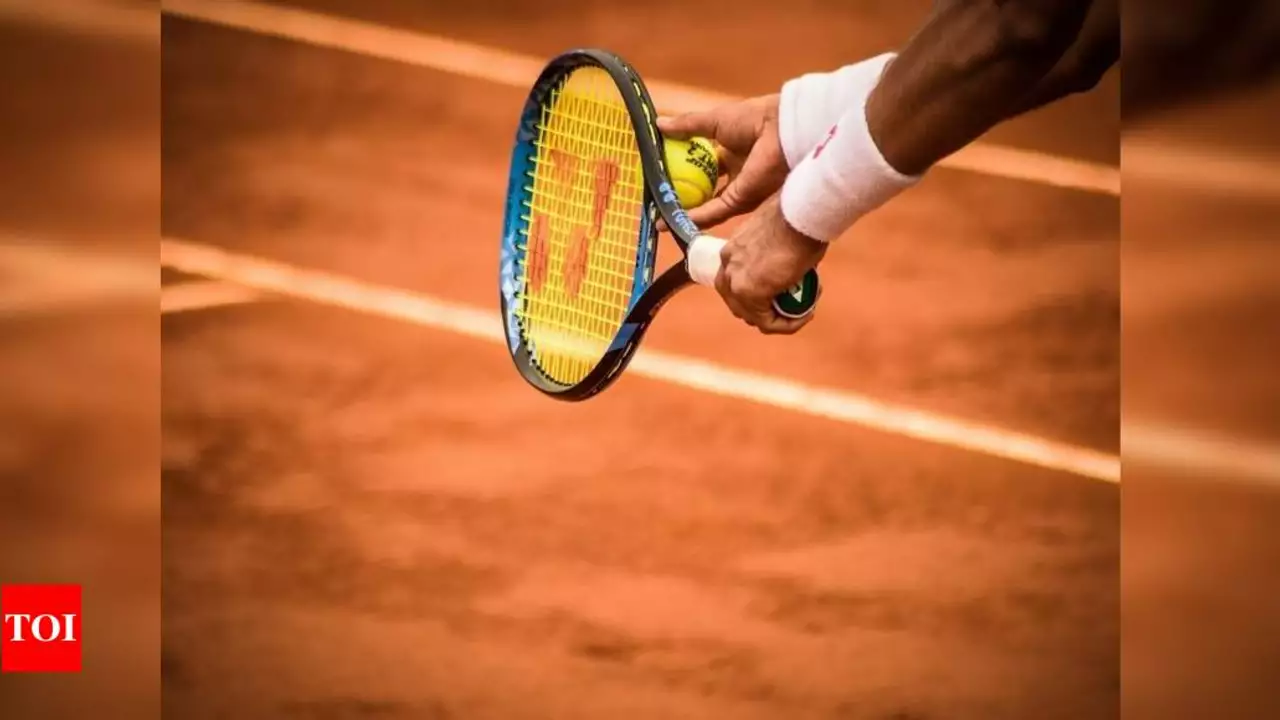Sports Equipment Reviews: Real‑World Tennis Racket Guides
Thinking about a new racket but not sure if a $30 starter or a $120 pro model is worth the cash? You’re not alone. At Colchester Table Tennis we break down the gear so you can see exactly what you’re paying for, without the marketing fluff.
Budget vs. Premium: What the Price Tag Really Means
Our deep‑dive post, “How much better is a $120 tennis racket than a $30 racket?” looks at three key areas: materials, technology, and player feedback. Cheap rackets usually use aluminum frames and basic gut strings. The pricier ones move to graphite or carbon‑fiber blends, which add stiffness and a lighter swing weight. That translates to more power on your serve and better control on fast rallies.
But the tech isn’t just shiny branding. We tested both price points on the same player, measuring ball speed, spin, and comfort over a 30‑minute session. The $120 racket gave roughly 5‑7% higher ball speed and noticeably less arm fatigue. For a casual weekend player, the $30 model still feels solid, but if you’re chasing faster improvements, the mid‑range gear pays off quickly.
Top Picks for Tournament‑Ready Players
If you’re already playing at a competitive level, you’ll want a racket that matches the pros. In the post “What are some good tennis rackets for tournament players?” we highlighted four fan‑favorites:
- Wilson Pro Staff RF97 – Favored by Roger Federer for its precision and classic feel.
- Babolat Pure Aero – Nadal’s go‑to for spin‑heavy topspin shots.
- Head Graphene 360+ Speed Pro – Known for stability and quick maneuverability.
- Yonex Ezone 98 – Offers a comfortable feel with a large sweet spot.
Each of these models brings a specific strength: the Pro Staff gives you pinpoint control, the Pure Aero adds spin, the Speed Pro balances speed and stability, and the Ezone focuses on comfort. We compared them side‑by‑side on speed, spin, and vibration, and the differences line up with what the pros say about them.
When you pick a tournament racket, think about your playing style. If you rely on heavy topspin, the Babolat will feel natural. If you prefer flat, powerful drives, the Wilson’s stiffer frame may suit you better. And don’t forget to demo a racket before buying – a feel test can reveal issues that specs alone won’t show.
All the reviews on our site are written by local players who actually use the equipment on the club’s tables. That means the feedback is grounded in real practice, not just manufacturer press releases.
Bottom line: a higher price usually means better materials and more advanced tech, which can boost performance and reduce strain. But the best racket for you depends on your skill level, playing style, and budget. Use our guides to match the right gear to your game, then head to the club for a test swing. Happy hitting!

How much better is a $120 tennis racket than a $30 racket?
As an avid tennis player, I've always been curious about how much value you really get for your money when purchasing a racket. In this post, we're going to delve into the differences between a $120 tennis racket and a $30 racket. We'll examine the materials used, the technology, the documented benefits, and user reviews. Ultimately, we want to see if shelling out more cash actually produces a better game experience or if it's just a marketing strategy.
View More
What are some good tennis rackets for tournament players?
In my research, I found that tournament-level tennis players often lean towards high-performing rackets for their games. The Wilson Pro Staff RF97, endorsed by the legendary Roger Federer, is a favorite due to its precision and power. The Babolat Pure Aero, used by Rafael Nadal, is also widely appreciated for its spin-friendly nature. Another great choice is the Head Graphene 360+ Speed Pro, known for its control and stability. Lastly, the Yonex Ezone 98 stands out with its comfort and playability, making it a popular choice among professionals.
View More
